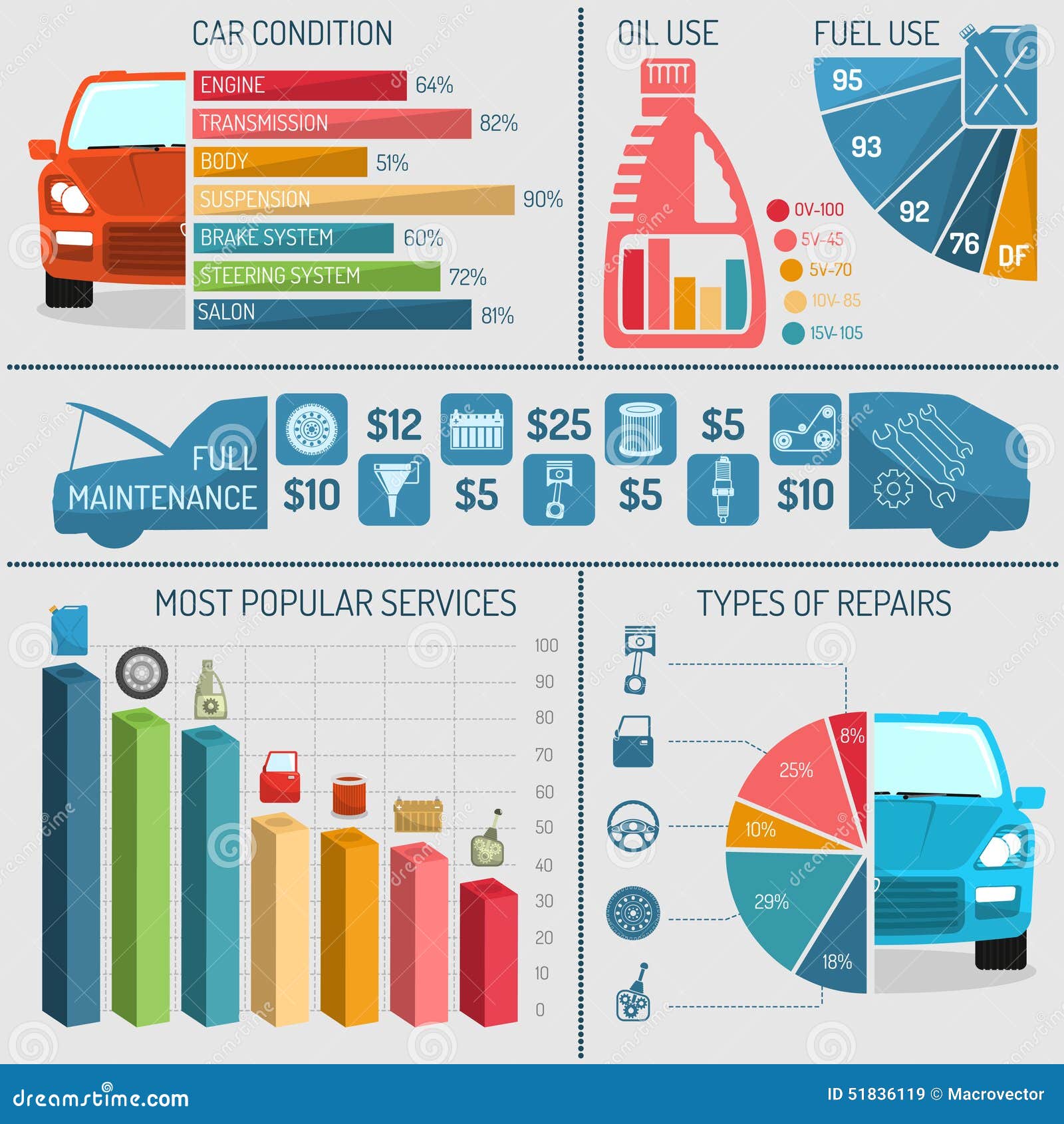Examining Your Vehicle'S Caution Indicators: What They Really Convey
Examining Your Vehicle'S Caution Indicators: What They Really Convey
Blog Article
Material Composed By-Higgins Forbes
When you lag the wheel, those radiant caution lights on your control panel can be a little bit puzzling. Do you recognize what they're attempting to tell you about your vehicle's wellness? Understanding the relevance of these lights is crucial for your safety and the long life of your vehicle. So, the following time one of those lights pops up, would not you intend to analyze its message accurately and take the required actions to address it?
Common Caution Lighting and Interpretations
Identify typical warning lights in your vehicle and comprehend their significances to guarantee safe driving.
The most regular warning lights consist of the check engine light, which signifies issues with the engine or discharges system. If this light comes on, it's critical to have your car inspected promptly.
The oil pressure cautioning light indicates reduced oil stress, requiring prompt interest to avoid engine damage.
A blinking battery light may suggest a malfunctioning charging system, possibly leaving you stranded if not dealt with.
The tire stress monitoring system (TPMS) light notifies you to reduced tire pressure, affecting car stability and fuel performance. Overlooking this might lead to harmful driving conditions.
The ABS light indicates an issue with the anti-lock stopping system, endangering your capacity to quit rapidly in emergencies.
Finally, the coolant temperature level alerting light warns of engine overheating, which can cause extreme damages if not settled swiftly.
Understanding these usual caution lights will assist you address issues without delay and keep safe driving conditions.
Value of Prompt Focus
Comprehending the common warning lights in your car is only the initial step; the importance of quickly attending to these warnings can not be highlighted sufficient to guarantee your safety when driving.
When a caution light illuminates on your dashboard, it's your automobile's means of connecting a possible problem that needs attention. Disregarding these warnings can result in more severe troubles down the road, compromising your safety and potentially costing you extra in repairs.
Trigger attention to cautioning lights can avoid breakdowns and mishaps. For best car wash , a blinking check engine light can suggest a misfire that, if left unattended, might trigger damage to the catalytic converter. Resolving Read Webpage can conserve you from a costly fixing.
In a similar way, a brake system advising light may signal low brake fluid or worn brake pads, crucial parts for your security when driving.
Do It Yourself Troubleshooting Tips
If you discover a caution light on your control panel, there are a few do it yourself troubleshooting pointers you can attempt prior to looking for expert aid.
The primary step is to consult your cars and truck's handbook to recognize what the particular caution light shows. Occasionally https://oil-and-filter-change84061.blue-blogs.com/36665103/seasonal-auto-care-important-auto-outlining-tips-for-every-single-season can be as straightforward as a loose gas cap setting off the check engine light. Tightening up the gas cap may solve the issue.
An additional typical concern is a reduced battery, which can cause numerous advising lights. Examining boat detailing auckland for corrosion and ensuring they're protected could take care of the trouble.
If a caution light lingers, you can try resetting it by detaching the vehicle's battery for a few minutes and then reconnecting it. Additionally, examining your automobile's fluid degrees, such as oil, coolant, and brake liquid, can assist troubleshoot cautioning lights connected to these systems.
Final thought
In conclusion, recognizing your car's caution lights is necessary for keeping your lorry running efficiently and safely. By without delay addressing these alerts and recognizing what they suggest, you can prevent costly repair services and potential failures.
Remember to consult your vehicle's handbook for specific information on each warning light and act accordingly to make certain a trouble-free driving experience.
Keep informed, remain secure on the road!
